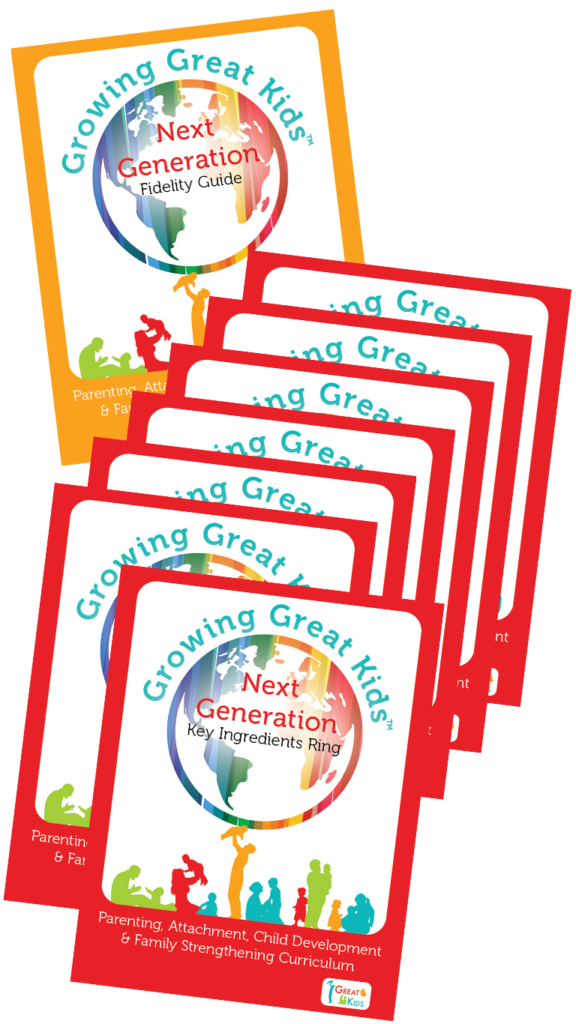During a recent training in Elkhart, Indiana, several participants selected “Get this Party Started” as the song that best described how they were feeling about their Tier 1 Growing Great Kids (GGK) week. That too seems to be the perfect way to describe our feelings about this kick-off of our new Blog!
A big part of what we want to do with this blog is offer “thought starters,” or tips to help you work through some of your GGK /GGF implementation challenges. We’d like to begin with a weekly post that we’ll call Trainer Tip Tuesdays. Check in each week and stay updated on ideas that our GGK trainers have to offer.
It seems like a great way to start things off is by having two of our longtime GGK trainers address a challenge that many of you have shared with us. One of the hardest things for all of us is to NOT play with babies during visits. We asked Phyllis Jones and Cristina Nealon for some tips to help you get more comfortable with this and here’s what they had to say.
Phyllis suggests that you ask yourself who should be the baby’s “Rock Star.” If you are a home visitor who “loves babies and they love you”, here are some things to consider:
It is your job to cultivate Mom’s and Dad’s relationships with their child and to give them the skills that will result in them feeling that they are truly their child’s “Development Specialist.” Always keep in mind, it is the parent, not you, who the baby/child needs to fall and stay in love with.
In the child’s eyes, their parents should be their “Rock Stars”… their primary sources of pleasure and security. Your transition to making your relationship with the parent(s) your primary focus will naturally evolve by using your GGK manuals to guide your conversations during every visit. Your GGK skills will grow quickly when you put your trust in following your GGK conversation guides!
Cristina adds that when planning for your visit, ask yourself why you are there. She suggests thinking about a few specific things.
Remind yourself that you are there to grow secure, empathic parent-child relationships, to build parenting skills and to strengthen and foster self-sufficiency in the family. This will help you shift your focus from the child to the parents and the parent-child relationship.
Plan to do at least 1 child development activity during every visit. As you’re planning this activity, visualize how you’ll set it up for the parent, not you, to do the activity with the child. During your visits, be thoughtful and cautious about holding and playing with children, even if you are really good at it! When parents are not caring for, holding or playing with their child, they will be missing out on valuable opportunities for building their parenting skills.
Thanks Cristina and Phyllis for some great insights. You have helped us start our Trainer Tip Tuesdays off on the right foot.
We want to hear from our GGK Curriculum users…Please feel free to share any questions or concerns that you would like our GGK Trainers to tackle. You can send questions or ideas to danabroadway@greatkidsinc.net.

